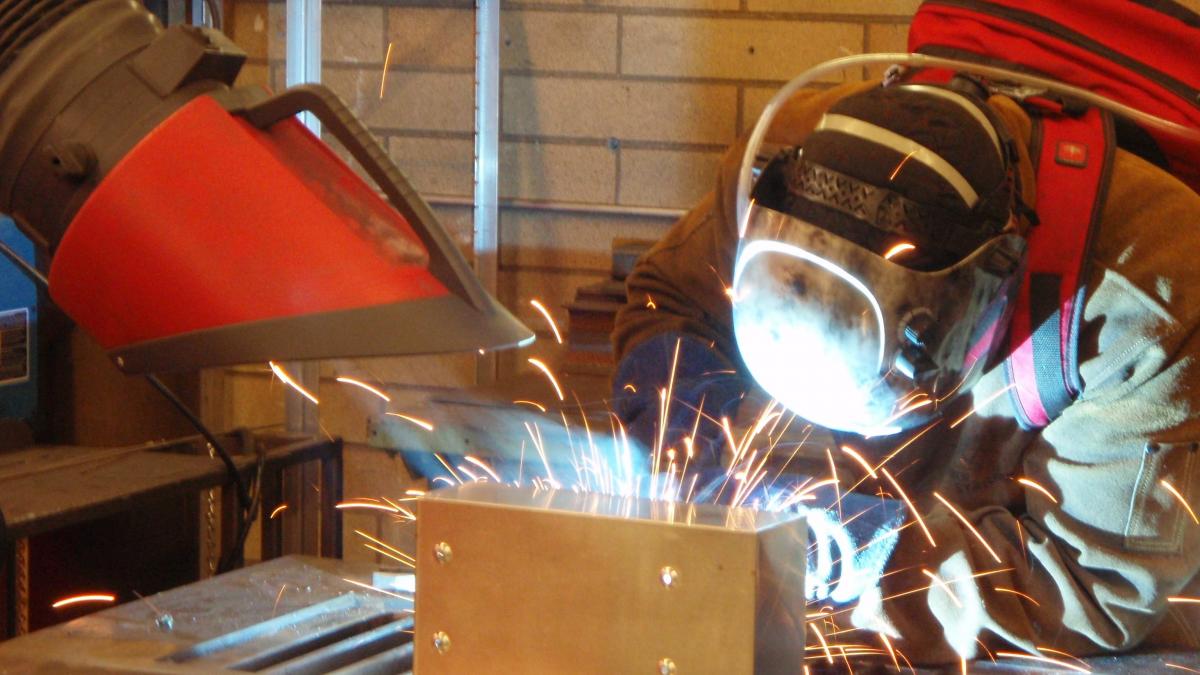
Researchers host focus groups to gain insights into gender differences in workplace stress for construction workers.
Workplace stress can impair a worker’s ability to adequately perform their job functions and put them at risk of injury. If persistent, workplace stress can also lead to longer-term health problems and reduced productivity. Recently Dr. Noah Seixas, Dr. June Spector, and Dr. Anjum Hajat, Hannah Curtis, Jessica Porter, and Orly Stampher, investigators from the UW Interdisciplinary Center for Exposures, Genomics, Diseases,
and Environment (EDGE) partnered with Heather Winfrey of the Seattle Area Pipe Trades Apprenticeship, Vanessa Carmen of SMART Local 66, and Cindy Gaudio of the Carpenters Employers Apprenticeship Training Trust to research stress in construction workers, particularly women. Their goal was to better understand the impact of work and non-work stressors on worker’s health.
In an initial phase of the study, participants filled out a survey about a wide variety of work and non-work stressors. Perceived stress was one of the main outcomes studied, using a validated instrument called the “Perceived Stress Scale.” They then had blood samples taken to measure four biomarkers related to the immune system, the inflammatory system, and the hormone response system. Participants were also asked to share the strategies they used for managing stressful situations at work.
In a second stage of the study, the EDGE Community Engagement Core helped Research Coordinator, Hannah Curtis, and graduate student, Orly Stampfer, facilitate small focus groups with study participants to discuss preliminary findings, hear how participants interpreted these results, and understand what additional information they wanted to see.
Two focus groups were held and participants in both expressed gratitude for having a venue to discuss issues of discrimination at work. Results from the study are now being prepared into materials to give back to the participants that will include appropriate interpretation of the results along with proactive steps that can be taken to reduce workplace stress.

